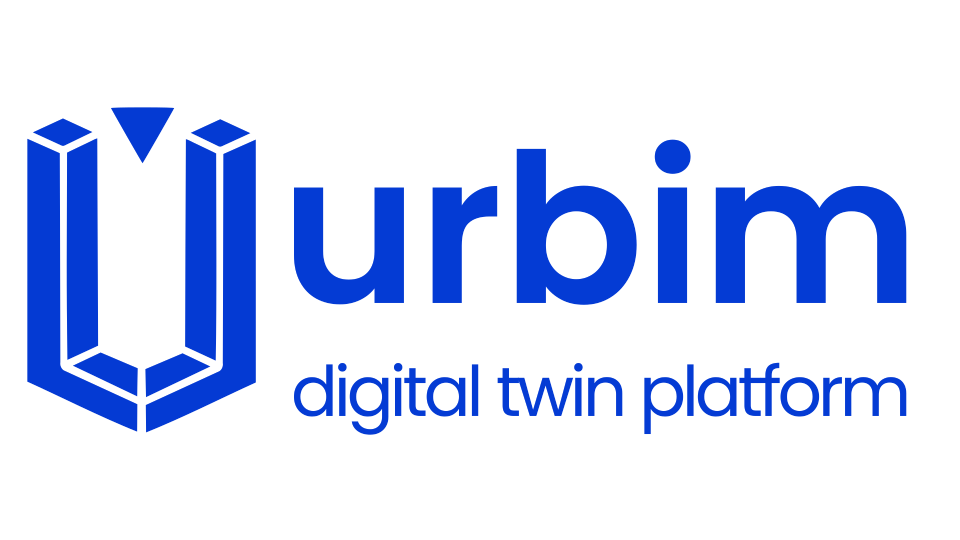Scroll Down
BIM + GIS
BIM (Building Information Modeling)
GIS (Geographic Information Systems)
Benefits BIM and GIS use
Dynamic Asset Management
The detailed 3D models produced by BIM provide a dynamic tool for the lifecycle management of a building, from conception through demolition. When combined with GIS, this enables a holistic approach to managing not only the building itself but also its interaction with the surrounding infrastructure and environment.
Real-Time Data Integration
GIS enables the integration of real-time data feeds into Digital Twins, such as weather conditions, traffic patterns, and human activity. This real-time contextual information enriches the digital twin with dynamic data, allowing for more accurate predictions, operational adjustments, and scenario planning.
Scalability and Flexibility
The use of GIS data allows Digital Twins to scale from focusing on a single asset, like a building or bridge, to encompassing an entire city or region. This scalability ensures that Digital Twins can be adapted and expanded to meet the evolving needs of their users, from local facility management to regional planning efforts.
Source: https://medium.com/


